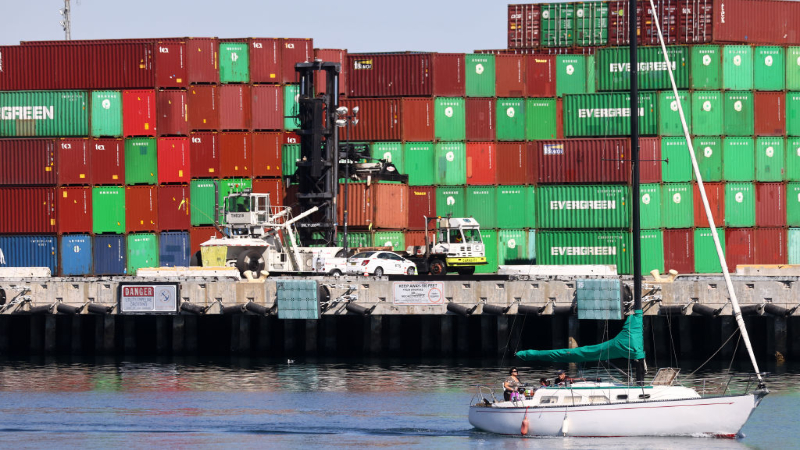Economists’ forecasts of inflation in October were significantly higher than those in July, and they believed that the prospects for short-term economic growth were not good; they estimated that the average inflation rate in December this year was 5.25%, which is only slightly lower than the inflation rate since June. . Assuming that the inflation levels in October and November are similar, this means that this year will be the longest year since the beginning of 1991 when the inflation rate has exceeded 5%.
Michael Moran, chief economist of Daiwa Capital Markets USA, said: “This is a perfect storm: supply chain bottlenecks, labor market tensions, ultra-loose monetary and fiscal policies. “
According to the average estimate of interviewed economists, the inflation rate will drop to 3.4% in June next year and 2.6% by the end of next year. This is still higher than the 10-year average of 1.8% before the epidemic.
Economists have lowered their economic growth forecasts for the remaining quarters of this year. They expect the average annual growth rate in the third quarter of the United States to fall from 7% in the July survey to 3.1%. They also reduced their expected growth in the fourth quarter from 5.4% to 4.8%.
Michael Brown, chief U.S. economist at VISA, said: “Consumer spending and GDP growth are being eroded by high inflation.”
Approximately half of the respondents believe that supply chain disruption is the biggest threat to economic growth in the next 12 to 18 months, and nearly one-fifth of the respondents point out that labor shortage is the biggest problem. They also expect that the supply chain’s woes will have an impact on the economy for most of next year. Approximately 45% of people estimate that the predicament will not basically disappear until the second half of 2022, while 40% expect significant improvement before then. The industry’s concerns about Covid-19 have diminished, with only 8.2% of respondents viewing it as the main risk to growth.
Many economists have pointed out that during the entire pandemic, unusually strong demand for commodities is the main source of tight supply and therefore a key source of inflationary pressures. Constance Hunter, chief economist at KPMG, said that when the price pressure caused by the supply chain subsides, to some extent depends on when consumer spending returns to balance.
If the economists’ forecasts are confirmed, the Fed may have to raise interest rates to control inflation. Nearly three-fifths of the interviewed economists believe that the Fed will raise interest rates before the end of next year, and 16% of them believe that the Fed will raise interest rates for the first time at its June meeting next year.
.
